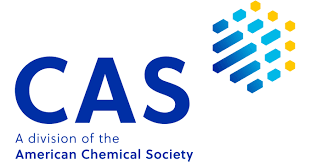Formulation and evaluation of fast dissolving films embedded with nanoparticles of mirtazapine hydrochloride
DOI:
https://doi.org/10.56770/jcp2022612Keywords:
Orodispersible films, Mirtazapine hydrochloride, Nanoparticles, Fast dissolving film, Solvent casting method, Ionic gelation method, Polymeric filmAbstract
Objectives: The goal of this research was to produce fast dissolving film embedded with nanoparticles of mirtazapine hydrochloride. Method: Semisynthetic polymer (HPMC) is used to prepare orodispersible films which is prepared by solvent casting method and nanoparticles were formed by ion gelation method from chitosan and STPP. Fourier transform infrared spectroscopy and scanning electron microscopy demonstrated that all ODF constituents were compatible with one another. Different physico-chemical, mechanical characteristics, morphological examination and in vitro drug release investigations evaluation were used to assess and evaluate ODFs. Results: All formulations have disintegration times of less than 70 seconds. Mirtazapine hydrochloride content consistency in all ODFs ranged from 95.7% to 99.1%. These values revealed that the ODFs were strong and flexible enough. Tensile strength of oral films measured as 10.82±1.8 to 28.31±1.5, and percent elongation was 3.23±0.63 to 10.04±0.27. The ODFs had a smooth surface with uniform distribution of nanoparticles and all constituents, according to scanning electron microscopy. Mirtazapine hydrochloride were released from ODFs 20 to 25 minutes, according to in vitro drug release experiments. After stability tests, no significant differences in physicochemical and mechanical parameters were found in any of the formulations. Conclusion: The formulation of nanoparticles of mirtazapine hydrochloride were successfully developed and embedded on fast dissolving film, which was prepared, in vitro release of film was observed for specific time.
Downloads
Published
How to Cite
Issue
Section
License
Copyright (c) 2022 The authors retain the copyright without restriction.

This work is licensed under a Creative Commons Attribution 4.0 International License.









